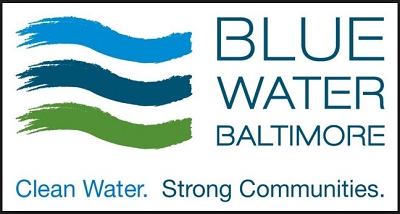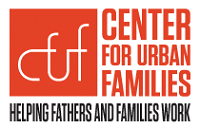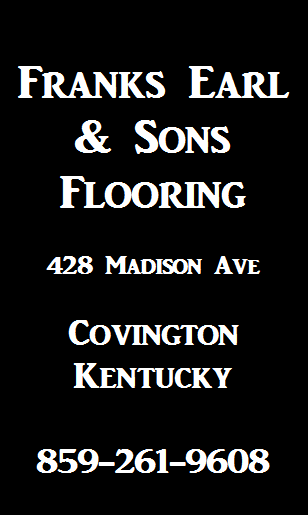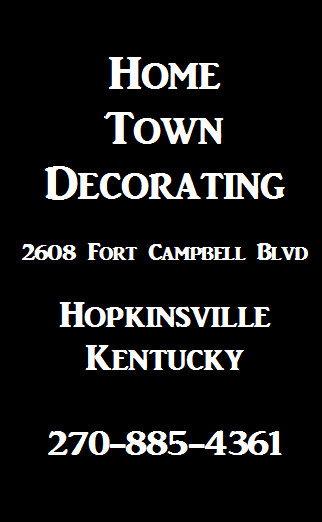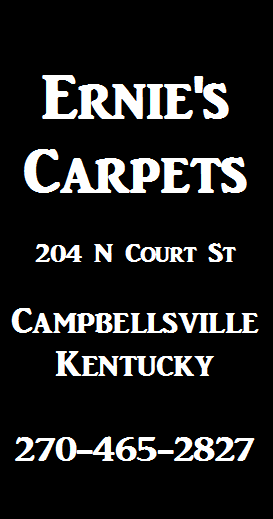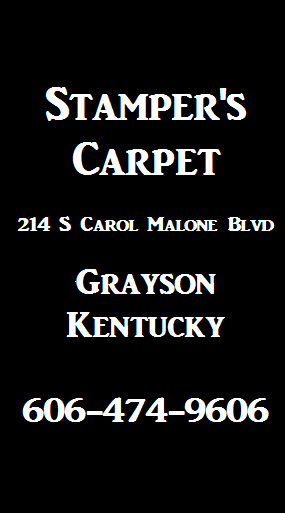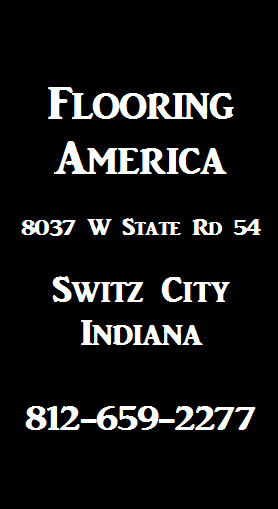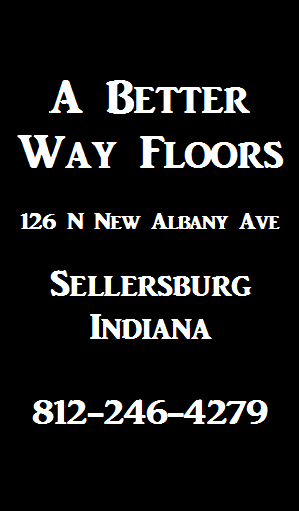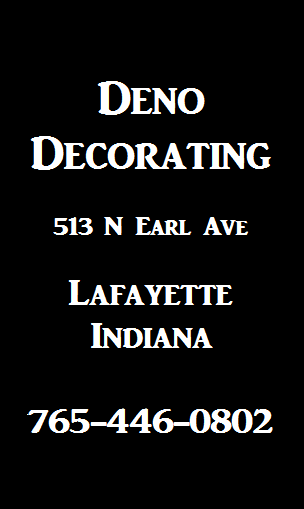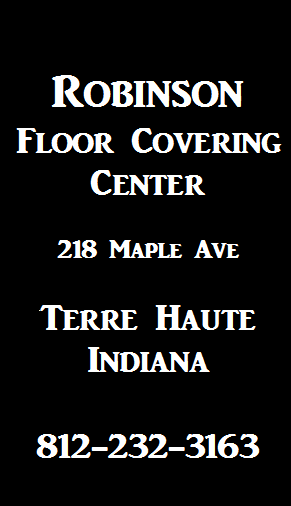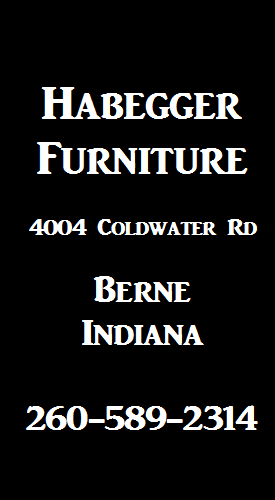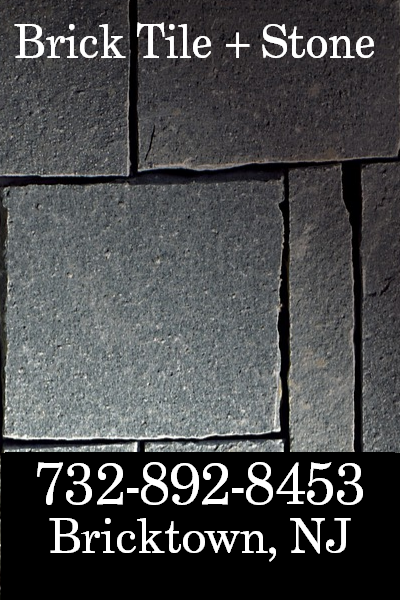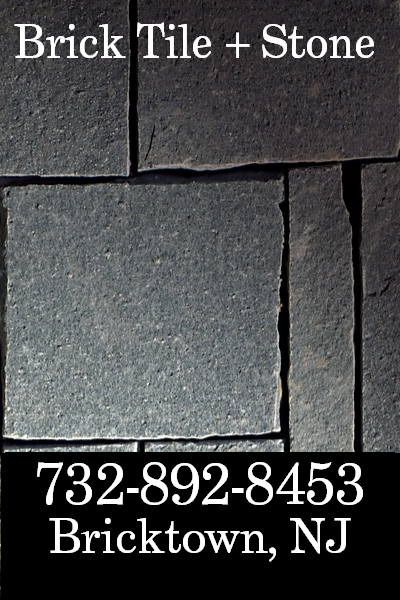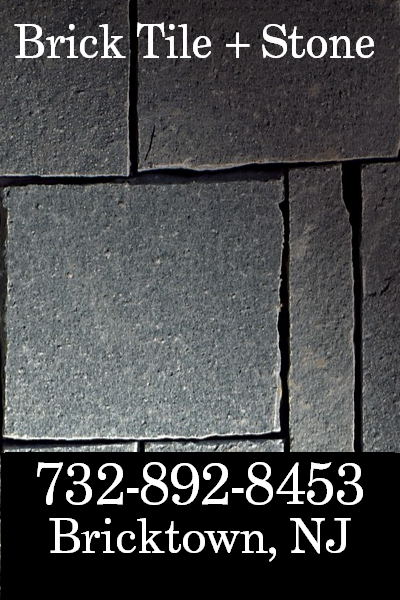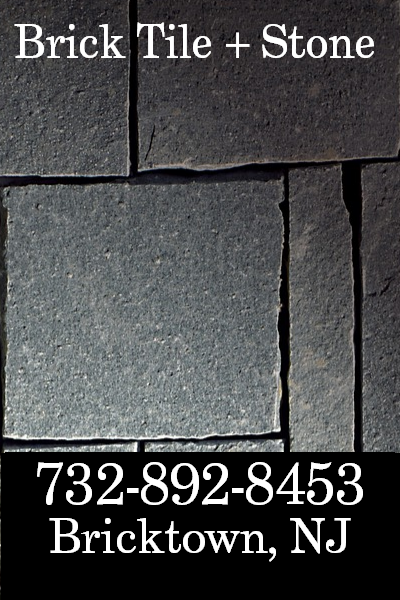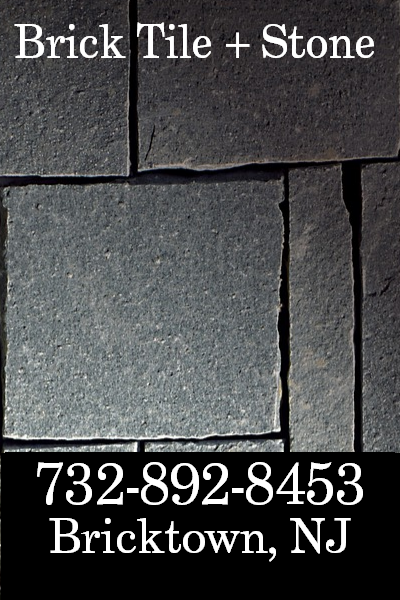The New Leaf Initiative, a nonprofit group and a rehabilitation revolution, has programs underway restoring lives and the environment. For example, from the day he went to prison in 1995, Robert Walker was preparing for his release. Mr. Walker is a painter by trade. The New Jersey native earned certificates in software development, auto body repair, desktop publishing, plumbing, floor covering and interior renovation. Hen landed a spot on a highway landscaping crew getting a taste for working outside prison walls.
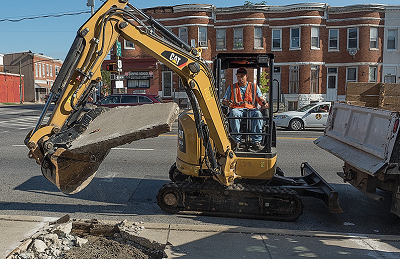
Yet, when Walker was released from prison, he expected his incarceration was likely to loom far larger for employers than the marketable skills he had acquired. At 53, he had to offer employers something more than appicants competing for the same types of jobs with a clean criminal record. What he was seeking was a fulfilling job opportunity with health benefits, which paid a living wage and offered him the pathway to a rewarding career.
Walker got that, as a restoration technician for Blue Water Baltimore, where he is part of a crew, which is planting 450 trees along North Avenue, which is one of the city’s longest and most blighted streets. He is outside, free. He has, he said, learned how to smile again. “I love my job,” Walker remarked. “I told them I’m going to retire from here, and that was on my second day.” Blue Water Baltimore is among several nonprofit environmental organizations in the city quietly hiring formerly incarcerated men to work on environmental restoration projects.
Several projects, including the Living Classrooms Foundation and Civic Works, have their own training programs to place workers in green jobs with potential for advancement to management.
The effort is tackling one of the Chesapeake Bay’s most intractable problems: the polluted runoff from the concrete canyons of the watershed’s second biggest city. But it’s doing that in a way that also seeks to address Baltimore’s economic and quality-of-life issues. Leaders of the Baltimore-based groups say that these programs help to engage the residents of disadvantaged neighborhoods that they’re trying to help. They also diversify the mostly white organizations’ staff, because many members of the new workforce are African-American.
Urban environmentalism requires new framing for old issues, said Halle Van der Gaag, Blue Water Baltimore’s executive director. For 20 years, as she built hiking and biking trails in Baltimore, Van der Gaag said, she kept hearing the same refrain from city residents: The trail is great, but we need jobs. Now, she said, the city and its environmental groups can provide both: work that restores the environment and also restores people’s lives. “Sometimes environmental issues are very divorced from what is happening in people’s lives in Baltimore. This is a really powerful intersection, and there could be really meaningful change,” she said. “This is the evolution. This is where we need to be headed, not just as an organization, but as a city.”
Every year, more than 6,000 inmates are released from state prisons and return to Baltimore, according to the Center for Urban Families, the nonprofit that helped place Walker. Thousands more come to the city from federal prisons and jails. Many want to avoid returning to the situations that led to their incarceration. But often, former inmates can’t get a driver’s license because they have fallen behind on child support while in prison, said David Warnock, the former chair of the Center’s board and a recent Baltimore mayoral candidate. With no license, their job prospects are limited. Some slip back into dangerous living arrangements, or wind up homeless.
“What ends up happening is that the structural impediments are so incredibly high that we effectively push them right back to the thing that got them in trouble in the first place,” Warnock said. A 2013 study showed that, while the recidivism rate is dropping, it is still around 40 percent for Maryland prisoners within the first three years of release.
It is a story that Alex Smith knows well. When he was 18 years old, he went to prison for 15 years for drug-related crimes. Upon release, he said, he was determined to find work and live drug-free. But after working two jobs, sleeping in his car, and still unable to make ends meet, Smith said, he went back to drug dealing and violated his parole. Behind bars again, Smith found himself in the same cell. “If that is not a sign, I don’t know what is,” Smith said. “I was determined that I was not going back in again.”
When he got out the second time, Smith went to the Center for Urban Families. The organization is one of several in the city that provides “wraparound services” for the formerly incarcerated. These include counseling, job training, help finding housing, placement in transitional housing, and assistance with clearing child-support debts and opening bank accounts. The Center provides services that many employers cannot, so the firms are not deterred from hiring the former inmates. The Center stays with its clients for years, continuing to offer support and ensure clients are advancing in their careers. With the Center’s help, Smith landed a construction job, making up to $30 an hour, with a landscaping gig on the side — enough, he said, to feel secure about paying his bills.
When Dan Millender, executive director of the Baltimore Tree Trust, came looking for someone who could water the thousands of trees the organization was planting in East Baltimore, the Center’s specialists suggested Smith. Now, more than a year later, Millender said he is looking for more former inmates for Smith to supervise, preferably from the neighborhood where the Trust is planting trees. Smith, who is African-American, has also been a successful tree ambassador in a neighborhood where white staffers from the Trust might be received with skepticism. “Having Alex as the face of the organization in the field, it’s wonderful. It’s the way it should be,” Millender said. “Our office staff is very homogenous. We’re all white. It’s a very important part of having the community accept the trees.”
Environmentally, trees solve a lot of problems. They soak up nutrients from stormwater, improve air quality, reduce heat and provide habitat for birds and insects. But trees can also reduce crime, according to a 2012 study of Baltimore published in the journal Landscape and Urban Planning and funded by the U.S. Forest Service and the National Science Foundation. Trees encourage neighbors to sit outside. They signal to drug dealers that the neighborhood cares about its inhabitants. Maybe it’s not a surprise, then, that at least once drug dealers, through an intermediary, asked a Blue Water crew not to plant a tree in a particular location. The tree, it was explained, was not good for business.
Baltimore is trying to catch up; It has only 27 percent of its streets covered in tree canopy, and officials want to get to 40 percent by 2037. In the neighborhoods where the Baltimore nonprofits work, it’s clear the road ahead is long. Asphalt and broken concrete run for miles, the monotony of gray and beige broken up only by red graffiti on boarded-up homes. Any green growing is usually weeds.
East Baltimore residents have historically been skeptical, though, of outsiders showing up offering to help them. Some of that can be traced to the community’s fraught relationship with Johns Hopkins University. Residents still recall how an appeals court found Hopkins researchers subjected families to a lead-paint abatement experiment in the 1990s without getting properly informed consent.
Millender said he ran into downright hostility in parts of East Baltimore trying to get trees planted — until he offered jobs. Out of his own pocket, he paid people on the street $10 an hour, he said, and then noticed how afterward they took ownership over the trees, protected them. Before that, he said, residents said they didn’t want to have to take care of them, water them or possibly be liable for them.
“All of those things we fight every day to plant trees in the city; you give people a job, and it changes everything,” Millender said. Smith drives a $90,000 water truck, supervises a crew and is hoping for more responsibility. Both he and Millender say there’s no reason he can’t one day be in charge of the organization. “This company is a growing company, and I hope the company grows along with me,” Smith said of the Tree Trust. “It would be nice if I could be with them for my entire career.”
Living with the realities
At Living Classrooms, John Huffington is trying to provide pathways like the one Smith found. Living Classrooms, an environmental organization with operations in Baltimore and Washington, trains and places 175 workers each year in Baltimore. Many, like Huffington, have spent the majority of their lives in prison. After serving 34 years for a double homicide, Huffington was released three years ago after a re-test of DNA evidence failed to put him at the crime scene.
Huffington said only about one in 10 former inmates hired by his group get in trouble again, a fraction of the recidivism rate statewide. Part of the reason, he said, is the support he offers, which is similar to that of the Center for Urban Families. But he said he believes another reason his workers do well is that by placing them in green jobs, they get a purpose and a pathway to something better. “If you hire one of my people, you hire me, too,” Huffington said. “We’re there for the success of the individual, and the employer.”
Michael Young, a former cook who spent 21 years in prison on homicide charges, went through the Living Classrooms program and was placed with a recycling company. That job, he said, taught him about all of the different metals, their value and how recycling helps the environment. It got him into the rhythm of working every day, being on time, doing the job. Living Classrooms eventually hired him back as a supervisor because he did so well at the recycling plant. Young said he’s glad environmental groups are offering former inmates second chances. “There’s never enough help. You have got to fight for every opportunity,” he said. “You have to prove so much, and that’s just to get your foot in the door.”
Since 2003, Baltimore-based Civic Works has graduated 550 workers from its green job-training program and placed them with urban farms, solar companies or at environmental cleanup and remediation firms. This year, another 100 will graduate — nearly all of whom were once in prison. “Every day, we see people coming in who have the drive, the desire, the skills to succeed,” said Eli Allen, director of Civic Works’ green careers center.
Even with Baltimore’s “ban-the-box” ordinance barring employers from requiring job applicants to say if they have a criminal record, it’s still hard for ex-inmates to get hired, Allen said. But there is a growing acknowledgement in some green groups that hiring from within the neighborhoods creates community ownership over the projects.
“When people see me and my crew out here, it connects a lot of dots,” said Elise Victoria, Blue Water Baltimore’s field operations manager, who grew up in the city and is also African American. “It says, ‘Of course I’m employed. Of course I’m out here. Of course I’m an environmentalist. Of course I care about your neighborhood.’ To see a black person plant a tree — it’s very transformative for these black people. They are able to see themselves do that work.”
Blue Water’s
Initial funding
Blue Water was envisioned as “a voice for water in the city,” recalled Cathy Brill of the Rauch Foundation, one of the initial funders of the group when it was formed four years ago from a merger of five smaller watershed organizations. “It’s very abstract to say we need to clean up the Bay,” Brill noted, “when you’re living in a neighborhood of trash and concrete and you never get down to the Bay.” Blue Water Baltimore’s decision to hire ex-offenders evolved, though, as it did with the Tree Trust. It wasn’t an original goal, and it wasn’t something the small organization felt it was equipped to do by itself. But that changed two years ago, when 28-year-old Corbin Sulton answered Blue Water’s Craig’s List ad for a restoration technician. Sulton was on parole; he had just been released after a two-year prison stint on armed robbery charges. He’d interviewed for four other jobs and been turned down. He was about to call McDonald’s when Victoria invited him to interview at Blue Water.
“I told them, ‘I’m going to prove myself. My record says one thing, but that’s not who I am, currently,’” Sulton said. “‘I’m living a different life. I got the skills for the job. I can do the work.’” Victoria, he said, “believed in me.” Two years later, other workers hired with Sulton have left. But he’s been promoted, and helped hire Robert Walker through the Center’s services. A third employee came to Blue Water from a drug treatment facility, also facilitated by the Center’s staff.
Sulton’s employers consider him a leader, an ambassador for urban trees. Carl Simon, Blue Water Baltimore’s director of programs, said he sees no reason why Sulton could not some day head up the organization. At Blue Water, Simon said, managers made a deliberate choice to provide all workers with equal health benefits and holidays off. Everyone attends staff meetings and the annual fund-raiser party. Though the restoration techs start around $11 an hour, their pay increases as they achieve certain milestones, such as obtaining a driver’s license.
Hiring a diverse workforce from the communities that Blue Water serves is “the number one thing I’m excited about,” Simon said. “Really, for the first time in our organization’s history, we are standing up.” Van Der Gaag said she appreciates that Sulton and other crew members “help keep it real” regarding the neighborhood’s struggles. And real it often is: Victoria and Millender both say someone has been gunned down on the street where their crews just finished planting trees. Victoria’s crew was still nearby when the shots were fired. The victim then was Donzell Canada, a close friend of Freddie Gray, the Baltimore man whose death in police custody last year sparked rioting and demands for reform.
Environmental restoration in Baltimore means talking about Freddie Gray. It means talking about race, and inequality, and a history of less for neighborhoods of color. It means not assuming African-Americans won’t care about the environment — research has consistently shown otherwise — and instead trying to engage on those issues that impact quality of life for all urban residents, such as litter and access to open space. As much as Victoria reminds herself that she is one of the “tree people,” and tries to “stay in her lane” away from the city’s other problems. They find her anyway. One man needs a job. Another is the only inhabitant on an otherwise abandoned block. She takes it all in, tries to help. Her bosses say this effort, this listening, is not a luxury, but a necessity.
Victoria said it was not a leap to hire Sulton. She saw in him the potential for leadership. And, she said, she sees it on the streets every day — in the open-air drug markets of North Avenue and the boarded-up stoops where trees can’t solve all the problems but are, just maybe, a start. People see the tree, Victoria said, and they want to be part of all that it brings.
“I wish I could employ every single individual that came up to me and asked for a job,” Victoria said. “They say, ‘I’m selling drugs right now, and I really don’t want to die.’ People are not bashful when you’re in Hell.”

Floor Covering Media, a business network serving the floor covering industry, provides readers timely, objective news and information about flooring topics.
Readers may conveniently retrieve this timely, objective news and information at Floor Search.info, which is Floor Covering Media's public search engine.



Why Advertise Here?
Exclusivity!
Attention! Flooring Advertisers and those who have been chosen to represent them! When on the lookout for valued venues visited by flooring buyers and suppliers, consider this effective, refreshingly affordable, alternative. During the months ahead, consider Floor Covering Media for the short list of potential candidates that deliver your message (or your client's message) to it intended target audience.
Measurability!
Test drive the Floor Covering Media advertising managment system; effortlessly tracking advertising response rates of multiple sets of supplied, advetising material; positioned at specified locations either for the duration of the placement or for specified time periods of the placement duration on demand. The advertising tracking system is conveniently reached. Look for the 'My Ad Responses' Profile Page Tab.
Simplicity!
Media planners tasked to located flooring focused, promotional resources are provided with a unique solution, which assures them that their promotional messages get the attention they deserve, as they are viewed by those exploring the market for flooring. Let your message align buyers and suppliers at the point of purchase. Buyers and suppliers could be accommodated on demand at Floor Covering Media.




Advertisements are placed in designated areas throughout the Floor Covering Media Website. Advertisements are empowered with special functionality, which enable would-be-buyers to reach the advertiser profile page, which is the landing area for prospective buyers exploring our market. The profile page is a hub for linking functionality and response tracking of promotional messages:
- Linking Functionality serves to empower browsers of would be buyers, whose curiosity is piqued by the creative, compelling promotional message in Advertiser’s Advertisement, to be transported from that Advertiser’s Advertisement to that Advertiser’s Profile Page.
- Click-Through Functionality serves to empower browsers of would be buyers, whose curiosity is sustained when visiting the Advertiser’s Profile Page, to click through from the Advertiser’s Profile Page to both their Internal Documents and their External Websites; once the Advertiser placing the Advertisement properly sets up Profile Page to enable links, which ultimately empower the would be buyers to satisfy their sustained curiosity.
- Response Tracking Functionality serves to empower browsers of member advertisers seeking to measure impact of their advertising message by transporting advertisers from link provided on their Profile Page to area of the site, which would conveniently display a calendar of an advertisement’s Click-Through Activity for the day, week, month and more.
Those would-be-buyers, responding to the promotional message, displayed in the advertisement, click on the link in the advertisement, which directs their browsers from the promotional message to the advertiser’s profile page, which is the landing area for respondents; seeking to learn more about: the advertiser, their organization, products, accessories, services, press releases and their external Websites. The profile page serves those professionals seeking background information. Post links leading to job campaign portfolios, resumes and cover letters, for those considering a career transition within our industry or those in pursuit of a career change from another industry. Employers, hiring executives and employment agencies could benefit during candidate searches.
Linking functionality, from profile page hub, is virtually limitless within the confines of our industry. Advertisers post internal links on their profile pagefor the purpose of promoting their organization, its image, their family of products and workforce background information. Internal links redirect browsers from the advertisement through the profile to the documents reached from profile page. External links redirect browsers from the advertisement through profile to Website reached from profile page for the purpose of building additional traffic volume to websites serving our industry.




